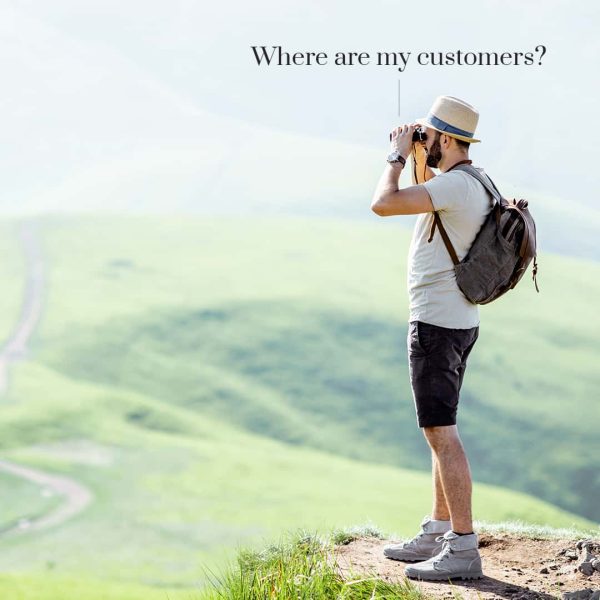Crafting the perfect homepage for tour operators is an art backed by data and experience. Drawing from years of developing bespoke websites and working with both major and minor tour operators, I’ve distilled the essence of an effective homepage. Let’s delve deeper into the intricacies of each element:
1. Branding and Navigation:
- Company Logo: Your brand’s identity. It should be prominently displayed, ensuring instant recognition.
- Clear Navigation:
- Primary Navigation: Directs visitors to your core offerings. It should be intuitive, reducing the number of clicks a visitor needs to reach their desired page.
- Secondary Navigation: This is where you place links that are important but not directly related to sales, such as blogs, ‘About Us’, and ‘Contact’ pages.
- Search Bar: Especially useful for larger operators with diverse offerings. It should be easily accessible, ensuring users can quickly find specific tours or information.
- Currency Switcher: Essential for global businesses. It provides convenience for international clients, allowing them to view prices in their preferred currency.
2. Engaging Header:
- Vibrant Image: Choose an image that encapsulates the essence of your tours. It should evoke wanderlust and resonate with your target audience.
- Keyword-rich Title: SEO is crucial. Your title should not only communicate your offerings but also be optimized for search engines.
- Brief Description: This should complement your title, offering a bit more detail without overwhelming the visitor.
- Call-to-Action Buttons: These are your conversion tools. Whether it’s to ‘Book Now’, ‘Learn More’, or ‘Contact Us’, they should be prominent and compelling.
3. Trust Panel:
- Live Reviews: Using tools like Elf site, showcase real-time reviews from trusted platforms. This not only builds credibility but also offers social proof.
- Star Ratings: Highlighting positive ratings can significantly boost trust. Ensure these are genuine to maintain integrity.
4. Product Highlights:
- Tour Thumbnails: Use high-quality images that give a glimpse of the experience. Accompany these with concise descriptions.
- Pricing: If applicable, display the price clearly. This transparency can reduce bounce rates.
5. Additional Features:
- SEO-friendly Text: Beyond helping with rankings, this text can offer insights, stories, or further details about your tours.
- Unique Selling Points (USPs): What sets you apart? Whether it’s a unique tour route, multilingual guides, or exclusive access to certain sites, highlight these.
- Promotional Panel: Rotate offers, discounts, or special packages. This can entice visitors to make impromptu bookings.
- Video Content: A short, engaging video can convey the essence of your tours far more effectively than text. Ensure it’s of high quality and optimized for web playback.
- Newsletter Signup: Offer value – a discount, a guidebook, or exclusive updates. Make the signup process simple and quick.
6. Further Product Showcases:
- Diverse Offerings: If you offer varied tours, like day trips, weekend getaways, or week-long adventures, categorize and display them separately for clarity.
7. Blog Highlights:
- Content Variety: From travel tips and destination highlights to customer testimonials and behind-the-scenes looks, your blog can be a treasure trove of engaging content. Ensure it’s regularly updated.
8. Footer:
- Accreditations: Showcase any affiliations, certifications, or awards. This further establishes credibility.
- Contact Information: Apart from an email or phone number, consider adding a quick contact form or chatbot.
- Legal Links: Ensure compliance with regional regulations. Clearly display terms, privacy policies, and other mandatory details.
In conclusion, a well-structured homepage is a blend of aesthetics, functionality, and trust-building elements. It should not only reflect your brand’s ethos but also guide visitors seamlessly towards conversion.

